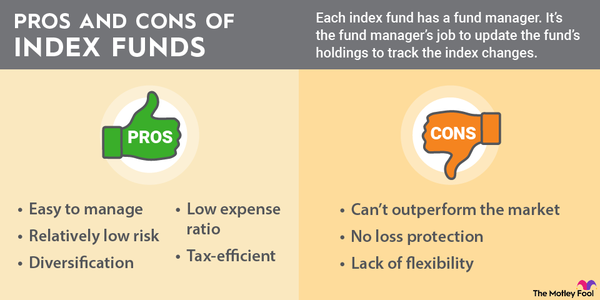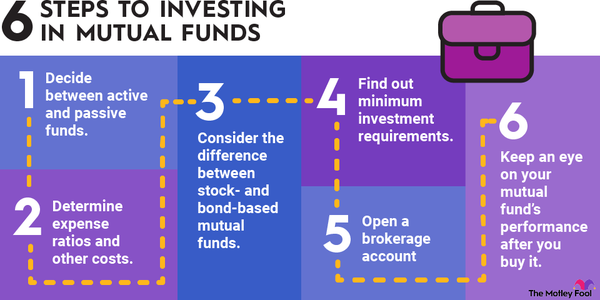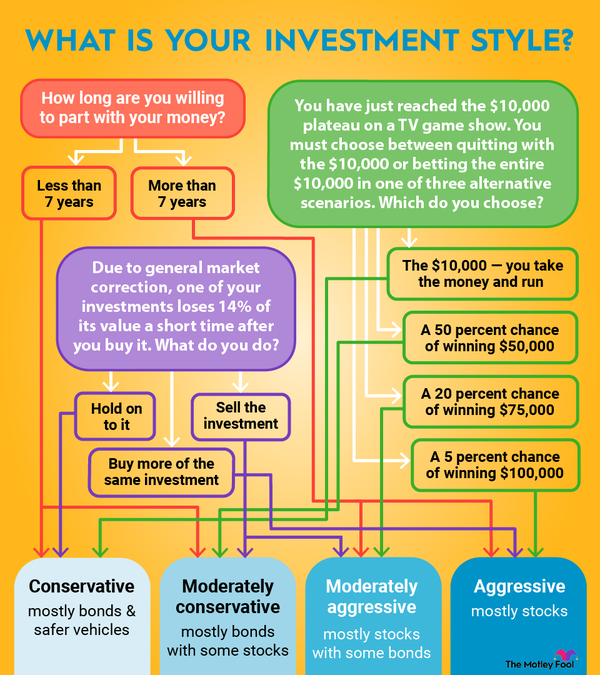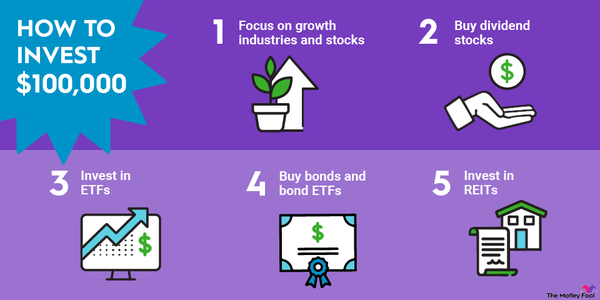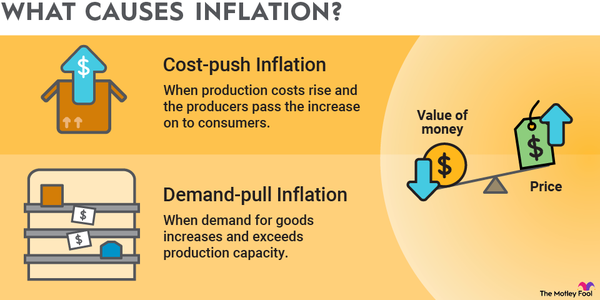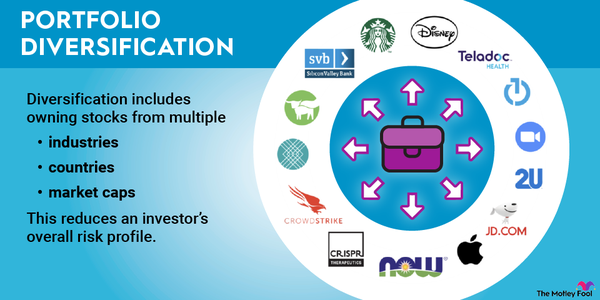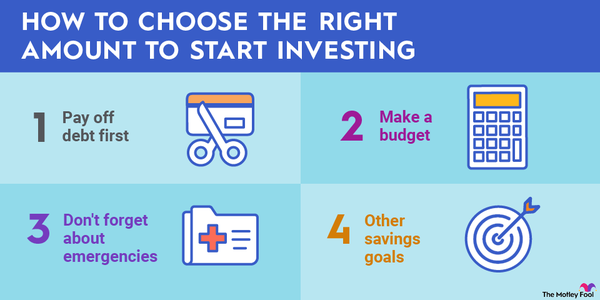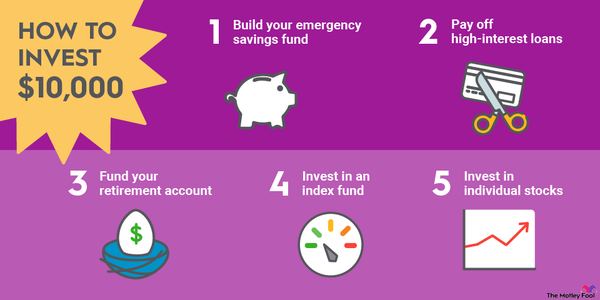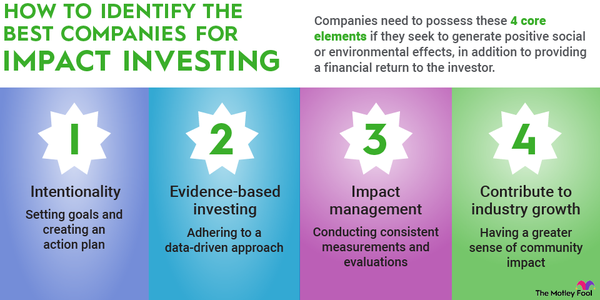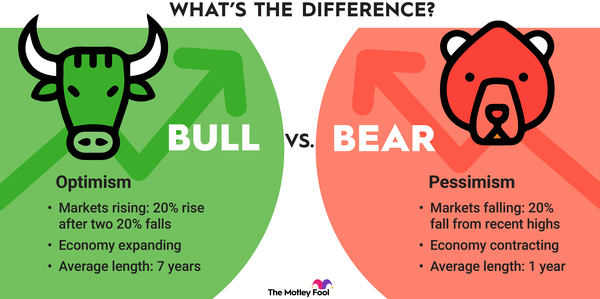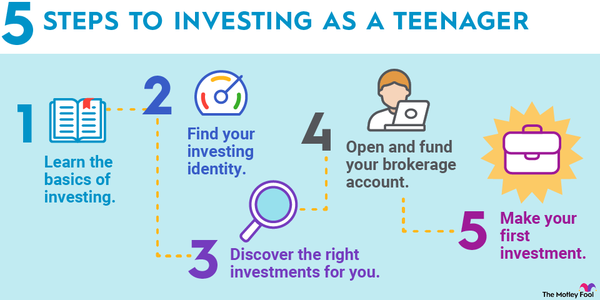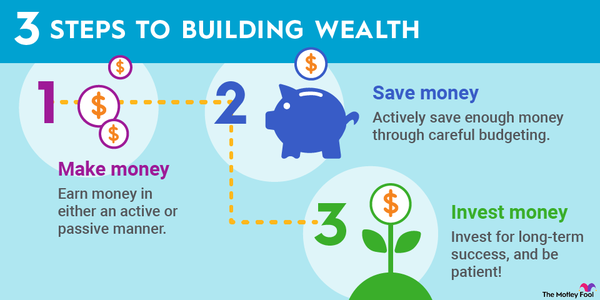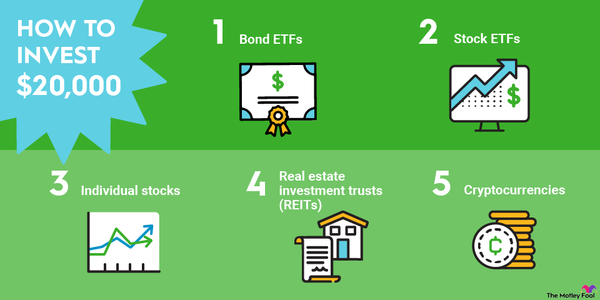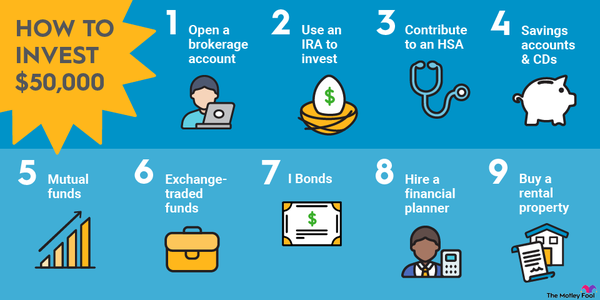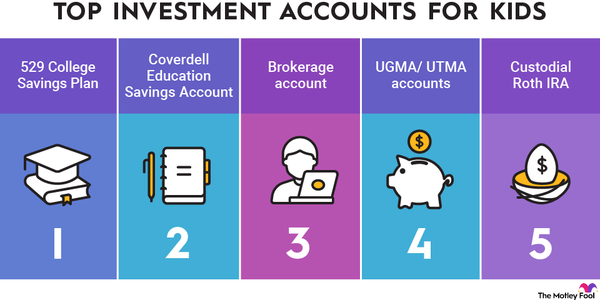After the Great Recession, inflation stayed low as the banking system recovered. For several years, inflation never rose above 2%. But in recent months, inflation is making a comeback. President Biden has called this bout "transitory," but many people worry that inflation is here to stay.

Understanding inflation
Understanding inflation
Inflation is the general rise in prices in an economy over a specified period of time. The Federal Reserve typically targets a low and stable rate of inflation of about 2%, which can signify a growing economy. But inflation can creep into the double digits as a result of economic shocks.
Inflation has fluctuated over the course of history. During the 1970s and 1980s, prices increased 10% to 15% in some years. Since then, inflation has cooled off.
In the 2000s, inflation rates fluctuated between 2% and 5%, while in the 2010s, inflation hovered between 0% and 2%. In other words, prices have been remarkably stable in the recent past compared to other times in history.
Recently, however, inflation has reentered the conversation. For the 12 months that ended in July 2021, inflation clocked in at 5.4%, one of the highest rates in many years.
Types of inflation
Types of inflation
There are three main types of inflation:
- Demand-pull inflation: Demand-pull inflation happens when demand outweighs production capacity. Put another way, there is more demand for goods than the current supply is able to meet. As a result, prices increase.
- Cost-push inflation: Cost-push inflation occurs when production costs make it more expensive for companies to produce the same goods. As a result, market prices rise to reflect the increased cost of inputs.
- Built-in inflation: Built-in inflation occurs when workers demand higher wages to combat rising living costs. This type of inflation can cause a feedback effect wherein companies must raise prices continuously to meet the increasing cost of labor.
Hyperinflation
Why take inflation into consideration?
Why take inflation into consideration?
Inflation has a number of unnerving effects, but the clearest consequence is that it will erode your purchasing power over time. As inflation takes hold, a dollar will buy fewer goods and services than it did in the past.
Over the past decade, long-term investors and retirees alike have been more complacent about the threat of inflation because rates have been uncharacteristically low. Going forward, the threat of inflation needs to be understood as a real risk to a comfortable retirement if it is not appropriately accounted for.
Inflation creates more uncertainty in the economy. Higher rates of inflation tempt action by the Federal Reserve Board, which is expected to raise interest rates in response. Action by the Fed can cause stock market volatility in the short run, and rising rates can also cause bond funds to lose value.
If nothing else, the threat of inflation (and increased uncertainty) is another reason to revisit how you've invested your money to ensure that your assets are properly diversified. A diversified portfolio that isn't too heavy in any one asset class is a good first step toward protecting your finances from inflation.
Pros and cons of inflation
Pros and cons of inflation
Pros
- Low and stable inflation can be an indicator of a growing economy.
- It benefits holders of fixed-rate debt, such as mortgages.
- It encourages consumption today rather than later.
Cons
- Inflation reduces purchasing power since each dollar buys fewer goods.
- Higher prices throughout the economy hurt retail consumers.
- It harms retirees living on fixed incomes.
- It prompts action by the Federal Reserve.
How to profit from inflation
How to profit from inflation
Here are five inflation hedges that can help keep you afloat as prices rise:
1. Real estate
Single-family homes financed with low, fixed-rate mortgages tend to perform well during periods of inflation. As inflation climbs, your property is likely to appreciate in value while the monthly service cost of your mortgage stays the same. This is at the very heart of building home equity, which can rapidly increase your net worth.
By purchasing real estate, you're also insulating yourself from rising rents. Like any other consumable good, rents tend to rise during inflation surges. Even though mortgages are less flexible than rental agreements, they have an advantage when inflation is high.
2. Value stocks
Some research has shown that value stocks tend to do better than growth stocks during periods of inflation. Value stocks are companies that have strong earnings relative to their current share price. They are also known to have robust cash flows, which investors typically value when prices are rising.
Growth stocks, on the other hand, tend to be more sensitive to changes in interest rates -- a common monetary policy response to inflation. Over the past decade, when inflation has been conspicuously absent, growth stocks enjoyed a banner period. But lately, value stocks have staged a comeback. The current environment makes their continued success likely.
3. Commodities
Commodities include gold and other precious metals, as well as raw materials and various natural resources critical to production. Simply put, as demand increases, prices rise in the economy, and the cost of production to meet that demand typically rises in lockstep.
Commodities are generally seen as safe-haven assets during times of uncertainty. While commodities don't pay dividends or represent any underlying business, they are uncorrelated to the traditional asset classes of stocks and bonds and tend to move in an unrelated direction.
4. TIPS
Treasury Inflation Protected Securities, or TIPS, are marketable U.S. Treasury securities aimed at combating purchasing power erosion. TIPS have the advantage of periodic inflation adjustments, a characteristic that standard fixed-rate bonds lack.
Investors seeking capital preservation and purchasing power stability should take a look at TIPS as part of their lower-risk portfolio segment. TIPS holders can enjoy confidence that they'll get their principal back, given that TIPS are backed by the full faith and credit of the U.S. government.
5. I-Bonds
Inflationary periods suddenly make U.S. savings bonds interesting investments. Even though you can only purchase $10,000 annually and they're considered non-marketable securities, I-bonds promise to keep pace with inflation. Like TIPS, they offer a nearly guaranteed return of principal.
You won't get outsized returns by investing in I-bonds, but you will preserve purchasing power for a segment of your portfolio. Given that many investments are likely to lose real value during inflationary periods -- think cash and long-duration bonds -- it makes sense to think of other options beyond stocks that stand a chance of keeping pace.
Inflation is an opportunity
Inflation is an opportunity
Since it happens with or without our permission, think of inflation as an opportunity to reexamine your entire portfolio. As of August 2021, interest rates were still at near-record lows even as inflation has spiked in recent months.
One of the best ways to combat inflation is to consistently ensure that you're properly diversified and fully invested. Money invested in stocks tends to outpace inflation in the long run, while positions in real estate, commodities, TIPS or I-bonds can only serve as further diversified protection. Cash on the sidelines is guaranteed to lose value, while long-term bonds will be impacted if interest rates begin to rise.
In general, inflationary periods (whether transitory or not) present the opportunity to revisit your financial situation and make adjustments for what may lie ahead.











